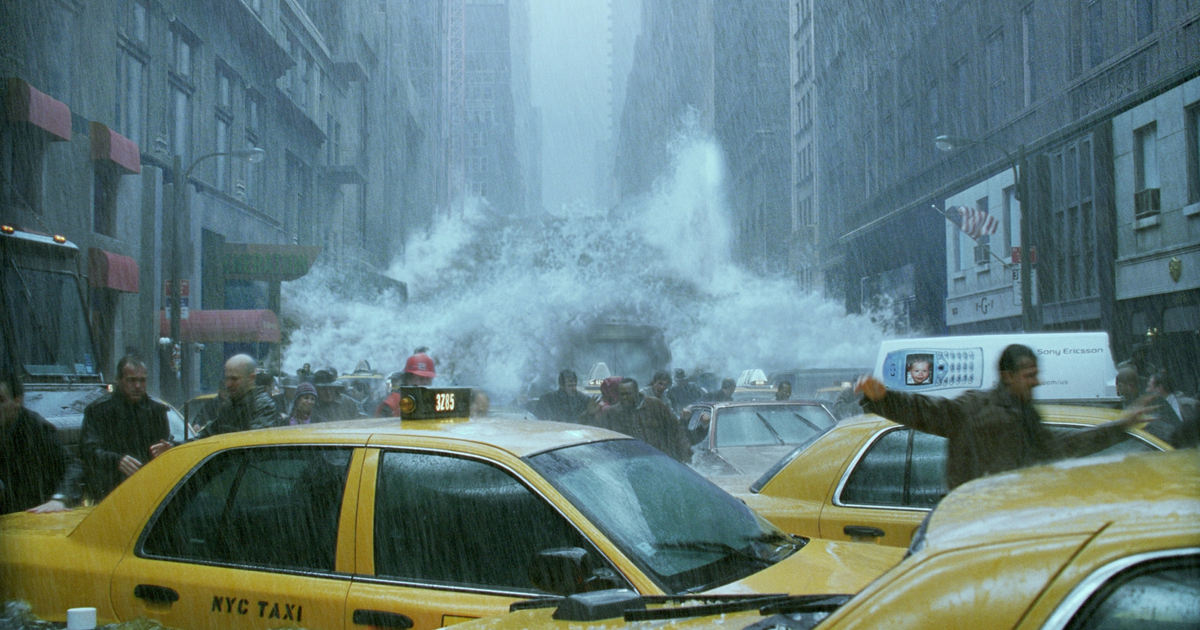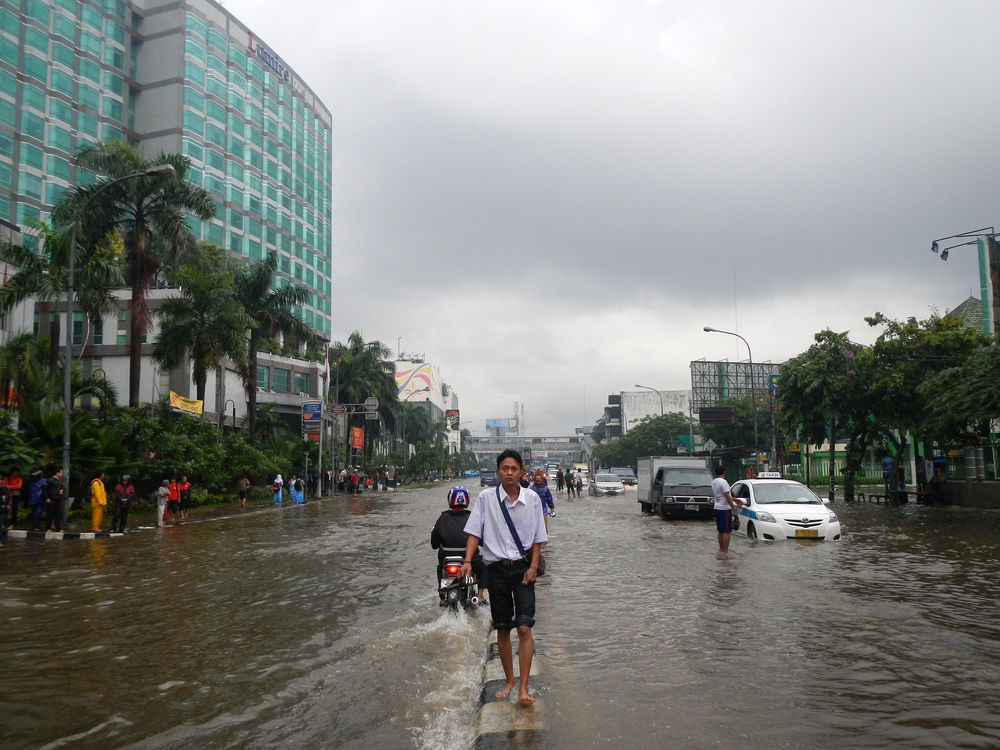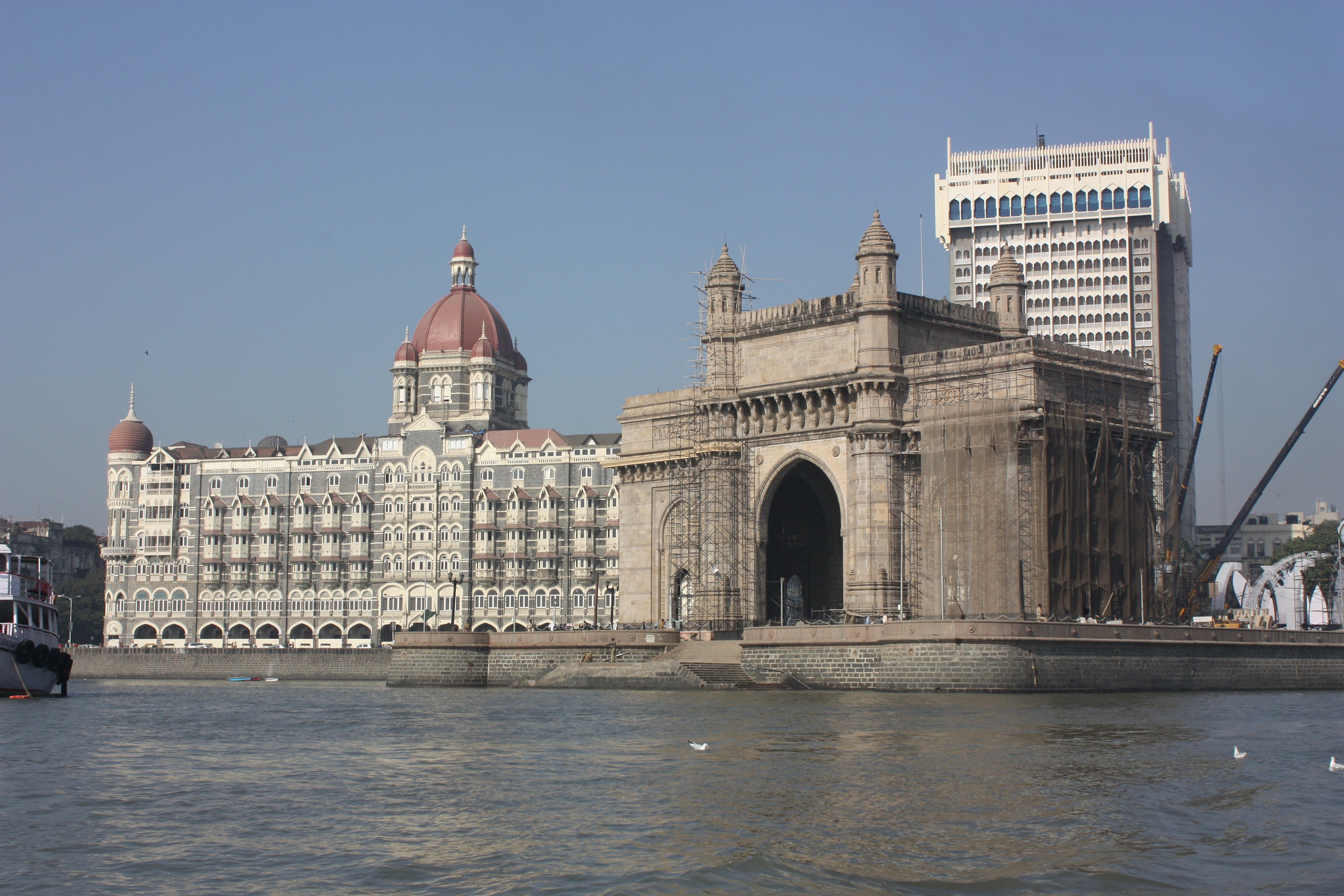The sea is rising
The science is clear: global temperatures are rising, the polar ice caps are melting, and seawater is constantly getting warmer. By 2100, sea levels around the world could increase by as much as 2 meters. This could put the following coastal cities at risk of flooding, erosion, and ultimately, being submerged underwater.
New Orleans, USA
0.5 meters (1.6 feet) below sea level
New Orleans faces the threat of increased flooding due to rising sea levels and subsidence. The city's current levee system may become inadequate as sea levels continue to rise, requiring significant improvements to protect against future floods.
 bvi4092, CC BY 2.0, Wikimedia Commons
bvi4092, CC BY 2.0, Wikimedia Commons
Copenhagen, Denmark
1 meter (3.3 feet)
Copenhagen is at risk of severe flooding from rising sea levels due to climate change. Its low elevation and proximity to the Baltic Sea make it vulnerable to inundation. The city's coastal defenses may struggle to handle higher water levels and storm surges.
Rotterdam, Netherlands
1 meter (3.3 feet)
Rotterdam, Netherlands, faces a high risk of being submerged underwater. As a major port city below sea level, Rotterdam relies on dikes and barriers for protection. However, with sea levels rising, the city faces significant flood risks.
Venice, Italy
1 meter (3.3 feet)
Venice, built on waterways, is dealing with frequent flooding known as "acqua alta." Rising sea levels are expected to worsen the situation, as the city already faces issues involving low elevation and sinking foundations. The MOSE project's movable barriers may not be sufficient to protect against substantial sea level increases.
Bangkok, Thailand
1.5 meters (4.9 feet)
Located on the Chao Phraya River delta at a low elevation, Bangkok's rapid urbanization and groundwater extraction increase its flooding risk. The city must implement sustainable urban planning measures to mitigate these risks—and soon.
Amsterdam, Netherlands
2 meters (6.6 feet)
Amsterdamrelies on barriers and pumping stations against water. To improve flood protection, the city is enhancing its infrastructure through the Delta Works program, which bolsters dikes and storm surge barriers. It also includes sustainable projects like water storage and "floating" neighborhoods to mitigate flood threats.
Ho Chi Minh City, Vietnam
2 meters (6.6 feet)
Situated in the vulnerable Mekong Delta, Ho Chi Minh City is at risk of inundation from higher sea levels that result from storm activity. To address these threats, the city is implementing various measures such as improving drainage systems, constructing flood barriers, and enhancing urban planning to reduce susceptibility in flood-prone areas.
Lagos, Nigeria
2 meters (6.6 feet)
Lagos already experiences regular flooding, which is worsened by poor drainage, sinking land, and unchecked construction in flood-prone areas. Forecasts predict sea level rise in the coming decades, necessitating measures like coastal defenses, improved drainage, and green infrastructure.
 Koutchika Lihouenou Gaspard, CC BY-SA 4.0, Wikimedia Commons
Koutchika Lihouenou Gaspard, CC BY-SA 4.0, Wikimedia Commons
Miami, USA
2 meters (6.6 feet)
Miami is implementing various programs to minimize flooding threats, such as infrastructure upgrades, pump stations, and stormwater management systems. The city is also integrating climate adaptation strategies into urban planning, promoting environmentally friendly infrastructure, and educating residents on coastal resilience.
 B137, CC BY-SA 4.0, Wikimedia Commons
B137, CC BY-SA 4.0, Wikimedia Commons
Rio de Janeiro, Brazil
2 meters (6.6 feet)
Rio de Janeiro is vulnerable to inundation, especially during high tides and extreme weather events. The infrastructure, economy, and densely populated areas are at risk. Rio is implementing various measures like improving drainage systems, constructing seawalls, and restoring coastal ecosystems to mitigate flooding.
 Carolina Goncalves, CC BY 3.0 BR, Wikimedia Commons
Carolina Goncalves, CC BY 3.0 BR, Wikimedia Commons
Chittagong, Bangladesh
3 meters (9.8 feet)
Situated on Bangladesh's southeastern coast, Chittagong's flat landscape and river network make it vulnerable to floods. Proximity to the Bay of Bengal exposes Chittagong to tropical cyclones that worsen coastal erosion and flooding. Climate change and heavy rainfall also amplify the threat of flooding.
Dhaka, Bangladesh
4 meters (13 feet)
Dhaka's low-lying location near water bodies makes it prone to flooding during heavy rain and storms. Rapid urbanization and insufficient drainage also result in waterlogging issues that could increase flooding risks and eventually submerge the city entirely.
Shanghai, China
4 meters (13 feet)
Shanghai, located on China's east coast in the Yangtze River Delta, faces threats from low elevation, waterways, sinking due to groundwater extraction and city infrastructure, and increasing typhoon intensity from climate change.
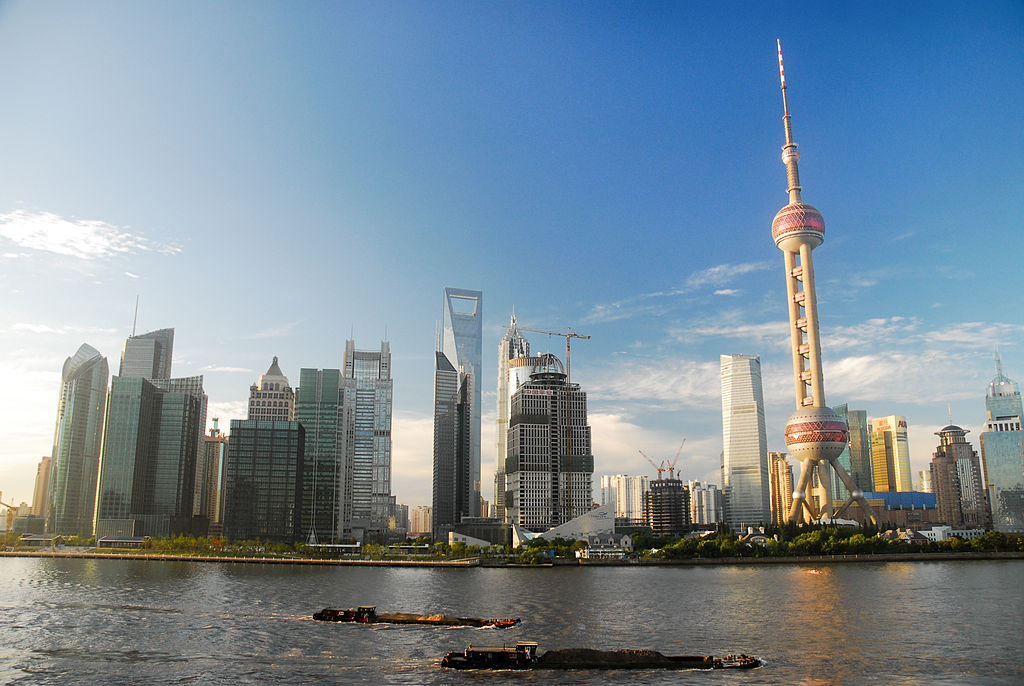 Mstyslav Chernov, CC BY-SA 3.0, Wikimedia Commons
Mstyslav Chernov, CC BY-SA 3.0, Wikimedia Commons
Alexandria, Egypt
5 meters (16 feet)
Nile dams and gas drilling are primary causes of the sinking of Alexandria by as much as 3 mm per year. Rising sea levels due to global warming and melting polar ice caps also contribute to the city's subsidence.
Guangzhou, China
6 meters (20 feet)
Similarly to Alexandria, Guangzhou's flat landscape makes it susceptible to rising sea levels. Urban development and land reclamation projects over the years have also disrupted natural water drainage, increasing the risk of waterlogging during flooding events.
Hamburg, Germany
6 meters (20 feet)
Hamburg, Germany, faces a heightened risk of flooding by 2100 due to outdated flood control measures like dikes, levees, and storm surge barriers. These structures, built using old data on sea levels and weather patterns, are struggling to cope with rising sea levels, more frequent extreme weather events, and urban flooding.
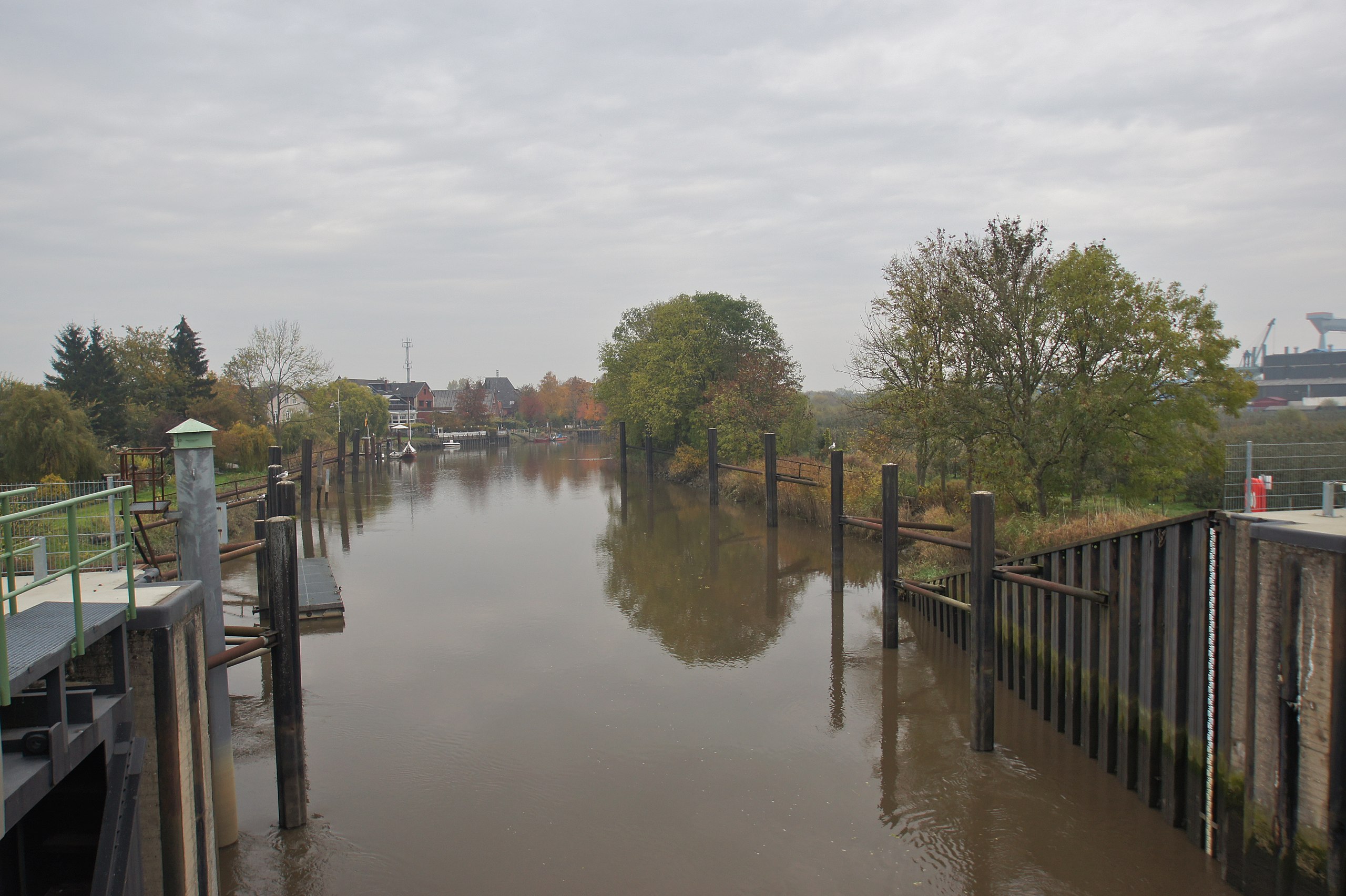 flamenc, CC BY-SA 3.0, Wikimedia Commons
flamenc, CC BY-SA 3.0, Wikimedia Commons
Jakarta, Indonesia
8 meters (26 feet)
Jakarta is sinking from over-extraction of groundwater and it may be underwater as soon as 2050. The Indonesian government has approved a $33 billion project to move the capital, protecting 10 million citizens.
Karachi, Pakistan
8 meters (26 feet)
Some experts foresee Karachi being submerged by 2060 due to rising sea levels. By 2100, a temperature rise will lead to 36% glacier loss in the Hindu Kush and Himalayas, further worsening the situation.
 eutrophication&hypoxia, Flickr
eutrophication&hypoxia, Flickr
Kolkata, India
9 meters (30 feet)
By 2050, Kolkata is expected to experience the worst consequences of rising sea levels in India due to global warming. Studies show that the entire urban area and surrounding regions will be at risk of annual flooding, affecting more people than previously thought.
New York City, USA
10 meters (33 feet)
If global warming continues and leads to a 4.9° temperature rise, several. parts of the state of New York, including NYC, could be underswater by 2100 according to a map by Climate Central. Coastal areas would naturally be the most vulnerable to sea level rise.
 David Shankbone, CC BY 2.0, Wikimedia Commons
David Shankbone, CC BY 2.0, Wikimedia Commons
Houston, USA
13 meters (43 feet)
The mega-city of Houston is experiencing the negative effects of over-extraction of water, causing many areas to sink by two inches annually. Groundwater pumping causes land to sink due to changes in pressure and volume.
Mumbai, India
14 meters (46 feet)
Mumbai's subsidence is caused by urbanization and human activities. Factors such as rapid city growth have led to the loss of mangroves and wetlands that act as water absorbers in the monsoon.
Hanoi, Vietnam
15 meters (49 feet)
Northern coastal areas in Vietnam, including Hanoi, Hai Duong, Hai Phong, and central regions such as Thanh Hoa, Da Nang, will face annual ocean floods by 2050. This also applies to locations like Hue and Quy Nhon.
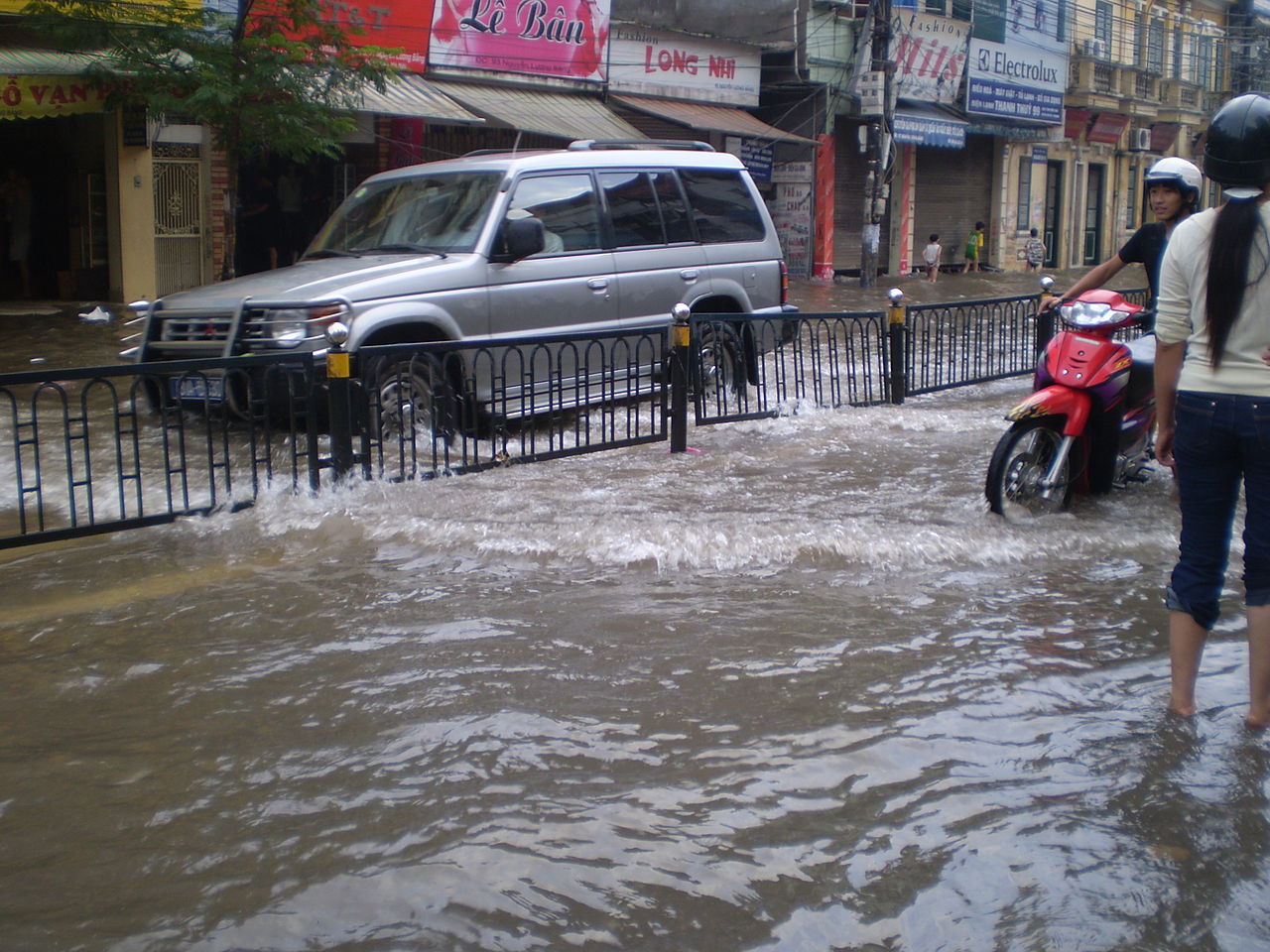 Ngocnb, CC BY-SA 3.0, Wikimedia Commons
Ngocnb, CC BY-SA 3.0, Wikimedia Commons
Manila, Philippines
16 meters (52 feet)
Scientists and climate change experts say that rising sea levels result from ocean temperatures and melting ice sheets increasing due to global warming. Past research indicated that the frequency of coastal flooding in Manila is expected to increase by 18 times by 2100 compared to 2006, due to the effects of climate change.
 Asian Development Bank, Flickr
Asian Development Bank, Flickr
San Francisco, USA
16 meters (52 feet)
San Francisco faces major changes due to climate change. Gentrification and development issues pale in comparison. A 2009 study warns of rising sea levels potentially displacing 480,000 Californians by 2100, causing over $100 billion in property damages.

